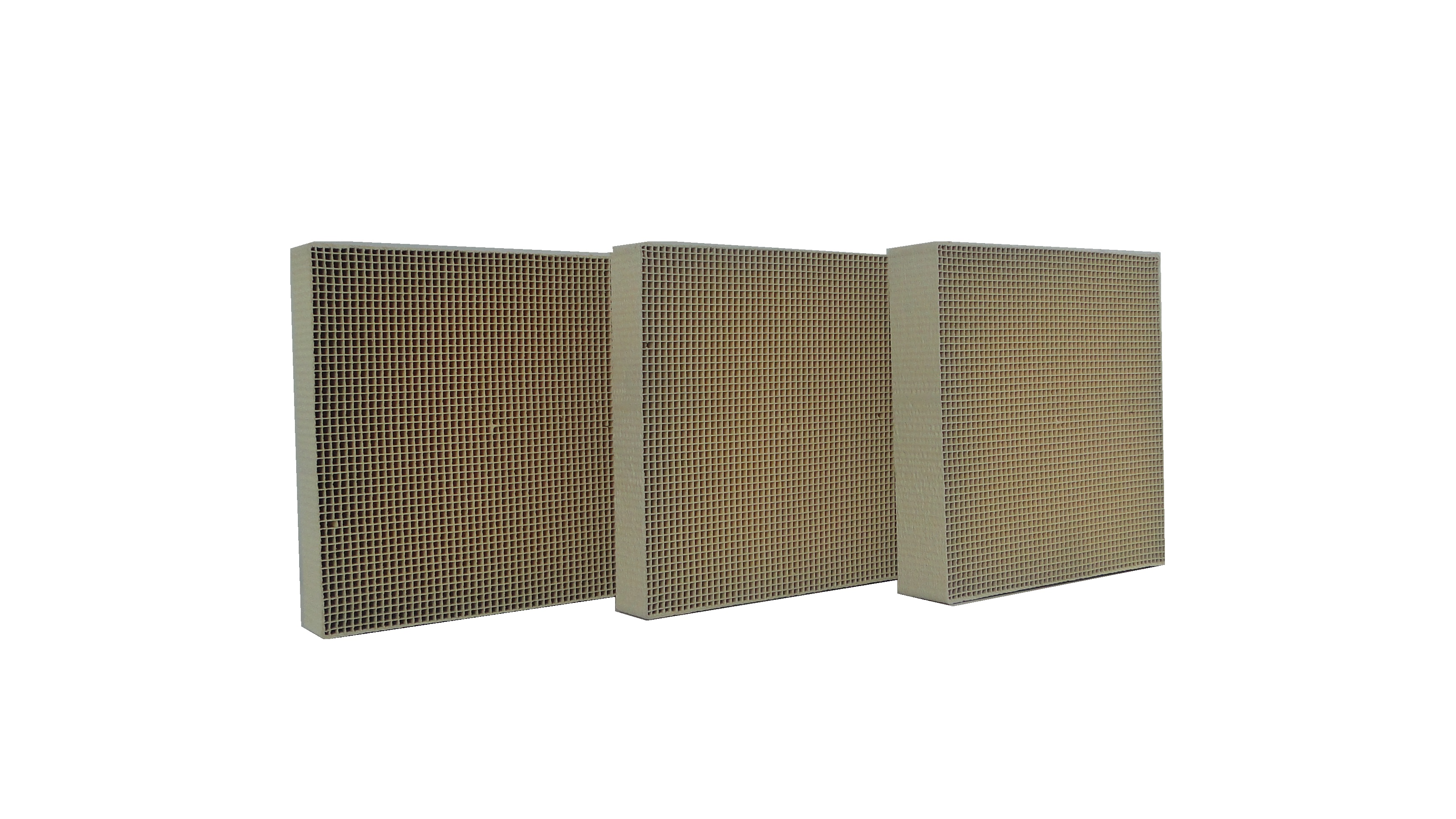What factors will affect the reaction efficiency of SCR catalysts
Publishdate:2018-12-27 Views:87
The effect of SCR catalyst is very good, so there is a high demand for SCR catalyst in the market now. A series of chemical reactions occur between the catalyst and reactants during use, but there are many factors that can affect the activity of the catalytic reaction. Therefore, in order to improve the effectiveness of SCR catalysts, it is necessary to understand which factors will affect the reaction effect.
1. Airflow rate
The gas velocity mainly reflects the contact time between the flue gas and the surface of the SCR catalyst, which is also one of the main factors affecting the effectiveness of the reactant. Under normal circumstances, low airspeed will promote the movement of reactant molecules NOx and NH3 to the outside and pores of SCR catalysts, which is very beneficial for denitrification reactions, but will affect the reaction products leaving the catalyst. High altitude speed can allow the reaction products to quickly leave the catalyst, but it will reduce the reaction rate of denitrification.
2. Temperature
Temperature is also an important factor affecting the reaction efficiency, as SCR catalysts have an effective reaction temperature range during use. If the temperature is too low, the oxidation-reduction reaction rate of SCR catalysts will decrease, and the denitrification efficiency will also decrease. If the temperature is too high, it may lead to the sintering phenomenon of the catalyst, which will also be detrimental to the denitrification efficiency.
Thirdly, ammonia nitrogen ratio
The factor that affects the reaction efficiency of SCR catalyst is also the ammonia nitrogen ratio, which is the ratio of the content of ammonia and nitrogen substances involved in the reaction. Generally, the ideal ammonia nitrogen ratio for the reaction effect is, so that there are no reaction residues and the reaction effect will be very good. If the ammonia nitrogen ratio is greater than, it will produce side reactions, leading to ammonia escape and a decrease in denitrification efficiency.
During the use of SCR catalysts, the reaction effect plays a crucial role and directly affects the efficiency of denitrification. Therefore, when using catalysts, in addition to understanding where the cost of SCR catalysts is low, it is also necessary to comprehensively consider various factors to achieve optimal denitrification efficiency, thereby protecting the environment and promoting sustainable development of society and economy.

The effect of SCR catalyst is very good, so there is a high demand for SCR catalyst in the market now. A series of chemical reactions occur between the catalyst and reactants during use, but there are many factors that can affect the activity of the catalytic reaction. Therefore, in order to improve the effectiveness of SCR catalysts, it is necessary to understand which factors will affect the reaction effect.
1. Airflow rate
The gas velocity mainly reflects the contact time between the flue gas and the surface of the SCR catalyst, which is also one of the main factors affecting the effectiveness of the reactant. Under normal circumstances, low airspeed will promote the movement of reactant molecules NOx and NH3 to the outside and pores of SCR catalysts, which is very beneficial for denitrification reactions, but will affect the reaction products leaving the catalyst. High altitude speed can allow the reaction products to quickly leave the catalyst, but it will reduce the reaction rate of denitrification.
2. Temperature
Temperature is also an important factor affecting the reaction efficiency, as SCR catalysts have an effective reaction temperature range during use. If the temperature is too low, the oxidation-reduction reaction rate of SCR catalysts will decrease, and the denitrification efficiency will also decrease. If the temperature is too high, it may lead to the sintering phenomenon of the catalyst, which will also be detrimental to the denitrification efficiency.
Thirdly, ammonia nitrogen ratio
The factor that affects the reaction efficiency of SCR catalyst is also the ammonia nitrogen ratio, which is the ratio of the content of ammonia and nitrogen substances involved in the reaction. Generally, the ideal ammonia nitrogen ratio for the reaction effect is, so that there are no reaction residues and the reaction effect will be very good. If the ammonia nitrogen ratio is greater than, it will produce side reactions, leading to ammonia escape and a decrease in denitrification efficiency.
During the use of SCR catalysts, the reaction effect plays a crucial role and directly affects the efficiency of denitrification. Therefore, when using catalysts, in addition to understanding where the cost of SCR catalysts is low, it is also necessary to comprehensively consider various factors to achieve optimal denitrification efficiency, thereby protecting the environment and promoting sustainable development of society and economy.





